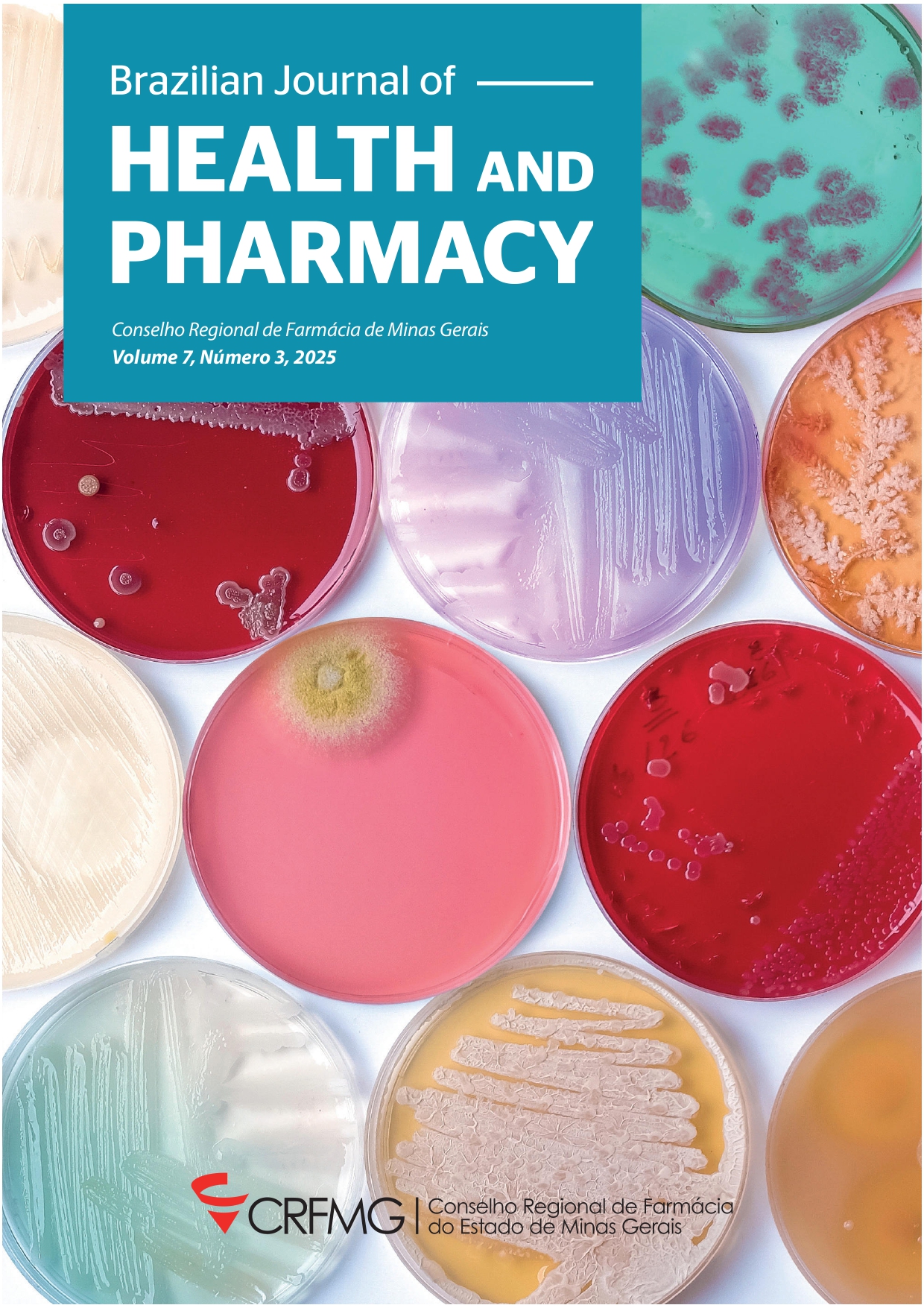Abstract
Antimicrobial resistance (AMR) can be detected in bacteria from various environments, including aquatic environments. Micropollutants such as antimicrobials can reach water bodies through incorrect disposal or as residue in human and animal excreta and aren’t completely removed by sewage wastewater treatment plants (WWTPs). Thus, in WWTP effluents, these residues remain at subinhibitory concentrations and exert selective pressure on the local bacterial community. This study aimed to identify gram-negative bacteria resistant to colistin (COL) and minocycline (MIN) in effluent from Várzea das Flores WWTP, Carmópolis de Minas-MG. Two liters of effluent were collected and 20 mL inoculated in BHI broth (180 mL). After incubation (24 h/ 35 ± 2ºC), 100 µL of serial dilutions (10-1 to 10-7) were inoculated on unsupplemented and supplemented MacConckey agar with COL, MIN and COL + MIN, using the spread plate technique. Antimicrobial concentrations were defined according to CLSI and BrCAST (2023). Then, the colonies were counted and the morphotypes were identified using chromogenic agar and biochemical tests. 31 morphotypes (equivalent to 21,700 CFU/mL) belonging to the order Enterobacterales (six Klebsiella pneumoniae, 17 Proteus mirabilis and eight Escherichia coli) resistant to COL+ MIN, of particular concern in the clinical setting due to the challenge of therapeutic management of infections, were subjected to phenotypic testing to investigate the Mobilized Colistin Resistance (MCR) protein. Only one isolate (E. coli) was considered a producer of MCR. These findings highlight the risk to human and animal health that WWTP effluents may pose and point to the need for interventions in WWTPs to mitigate such risks and the spread of AMR.


